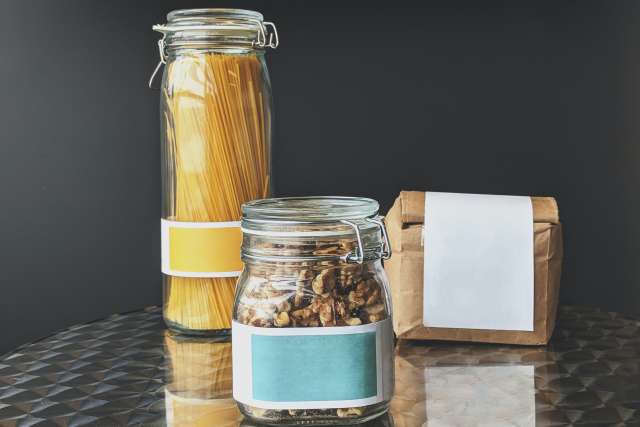Dear Doctors: I'm fuzzy on the idea of “good” and “bad” carbs. I know candy and soda and junk food are bad carbs, but I'm not sure what makes them different from good carbs. I'd like to understand that better. Also, what are some examples of good and bad carbs?
Dear Reader: Carbohydrates are an integral part of a balanced diet. They join proteins and fats in a category known as macronutrients. Each plays a crucial role in the health and well-being of our bodies. And, as research continues to reveal, nutrients can affect mental health, cognition and emotional health, as well.
When protein, fat and carbohydrates are digested, they yield micronutrients. These are the vitamins and minerals the body requires to sustain life. They are used to generate energy and produce hormones, enzymes and other biochemical substances; build and renew nerves, skeletal structure and blood components; and maintain fluid balance and deploy the immune system.
In addition to being the body's preferred source of energy, carbohydrates are a primary source of micronutrients. But not all carbohydrates are created equal. They are broken down into two major groups: simple carbs and complex carbs. The difference lies in their structure. Carbohydrates are made up of chains of sugar molecules. The body breaks these down and converts them into glucose, which it uses for energy.
Simple carbs, which are the so-called “bad” carbs, consist of short chains of sugar molecules. They include sugar, honey and other sweeteners, and are also found in dairy products, fruit and fruit juices, and in highly processed foods. Because simple carbs are easily digested and quickly absorbed, they cause blood glucose levels to spike. They are also largely devoid of nutrients, which adds to their reputation as bad carbs.
The long, branching chains of complex carbs, aka “good” carbs, get digested more slowly. This results in a more modest and modulated rise in blood glucose. It's easier on insulin metabolism, which is how the body keeps blood sugar at healthful levels.
Additional factors in the carbohydrate equation are fiber and resistant starch. These are also carbs, but they defy digestion. Fiber and resistant starch pass through the stomach largely intact. It's not until they reach the intestinal tract that they get dismantled and consumed by the trillions of microorganisms of the gut microbiome.
Foods categorized as complex carbs contain higher levels of fiber and resistant starch. They include vegetables, leafy greens, nuts, seeds, whole grains, legumes and fruit. And while the sweetness of fruit does come from simple sugars, they are contained in a fiber matrix that slows their digestion and absorption. Complex carbs are also our primary source of numerous vitamins, minerals and other nutrients, which earns them the “good carbs” label.
Rather than focus on good carbs versus bad carbs, try thinking in terms of how processed foods are. The closer a food is to its natural state, the more health-friendly the carbs it contains. Fill the majority of your diet with unprocessed or minimally processed foods. Save simple carbs for treats or the occasional splurge, and your body and blood sugar will thank you.
(Send your questions to [email protected], or write: Ask the Doctors, c/o UCLA Health Sciences Media Relations, 10960 Wilshire Blvd., Suite 1955, Los Angeles, CA, 90024. Owing to the volume of mail, personal replies cannot be provided.)





